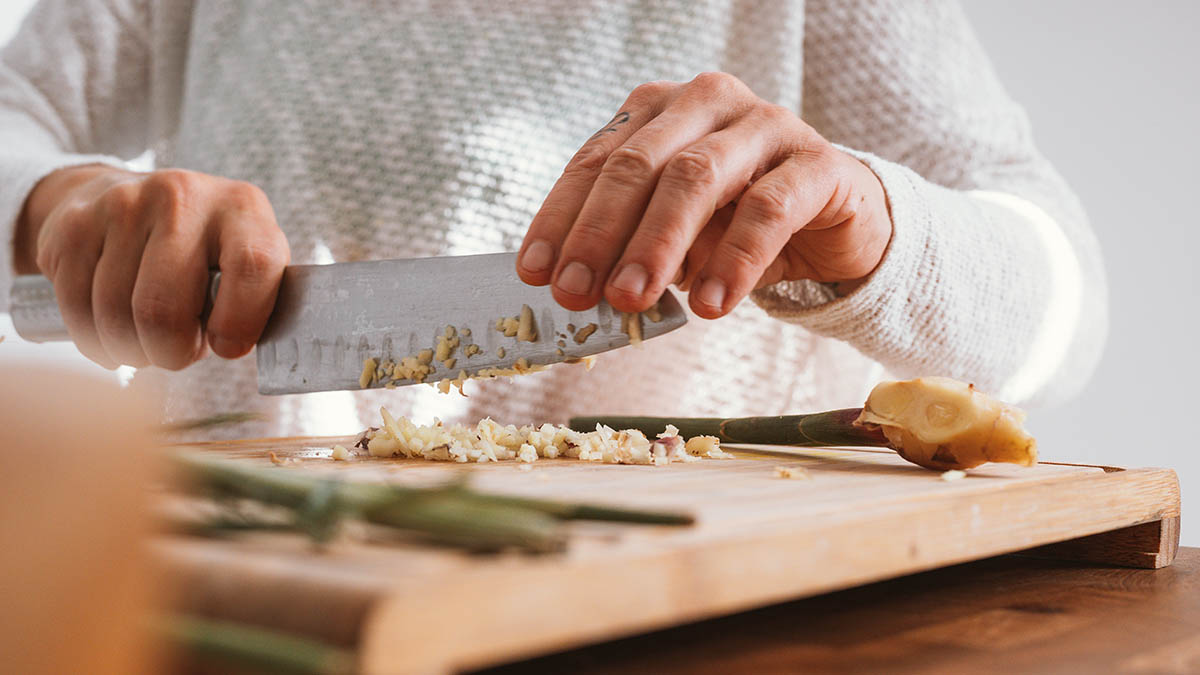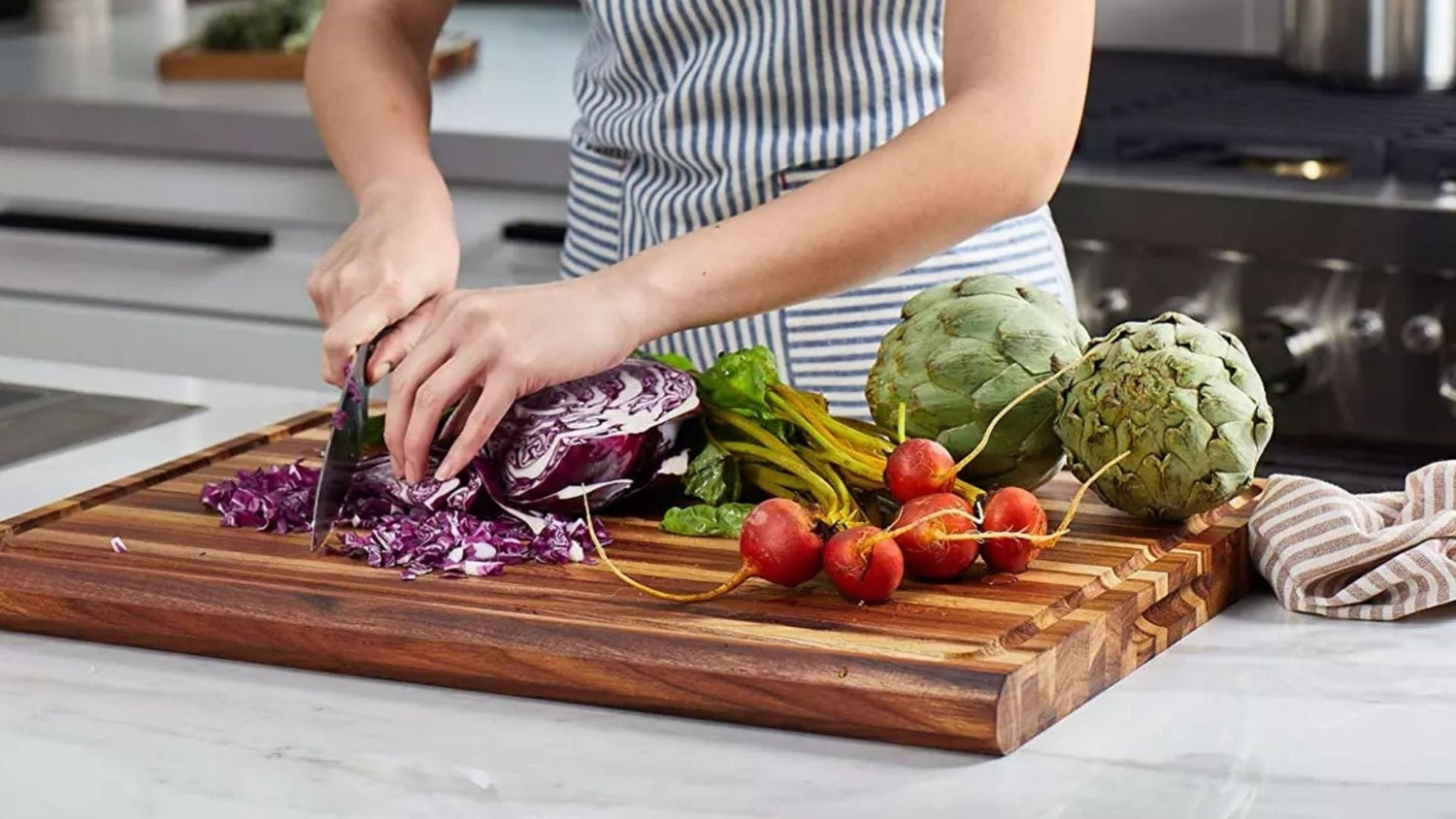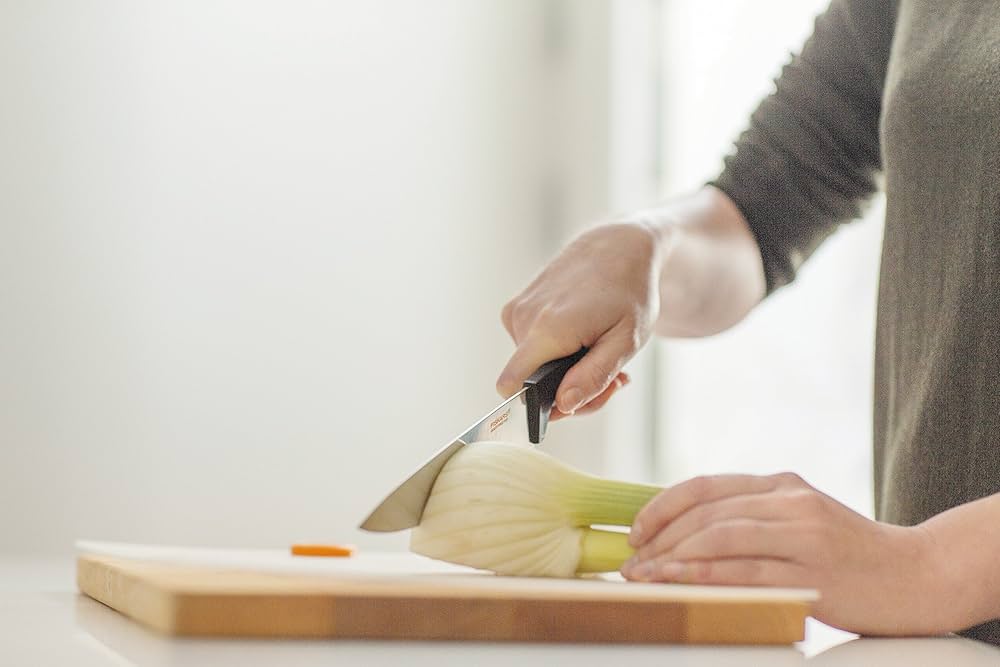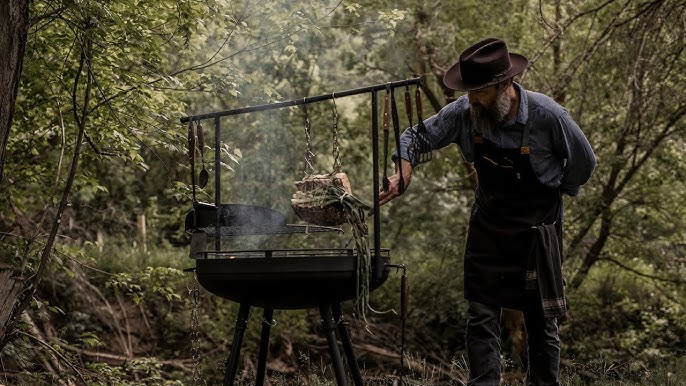Creating a cutting board, whether for personal use or professional kitchens, is an art that demands precision and care. One critical factor in ensuring the durability and usability of a cutting board is knowing exactly how long to clamp a cutting board after gluing it together. Getting this step right is crucial, as improper clamping can lead to warped boards, weak bonds, or uneven surfaces, all of which impact functionality and longevity.
In this article, we delve into the meticulous nuances of clamping cutting boards. Whether you're a seasoned woodworker or exploring the craft for the first time, we'll cover clamping times, techniques, and best practices to ensure flawless results every time.

The Importance of Clamping in Cutting Board Craftsmanship
Before diving into the specifics of how long to clamp a cutting board, lets discuss why clamping is a crucial step. When you glue wood pieces together, clamping applies controlled pressure, ensuring the bond cures evenly and holds strong over time. This step stabilizes the wood, preventing gaps, misalignments, or weaknesses in the final product.
The clamping process is particularly essential for cutting boards because these kitchen tools endure a lot of usechopping, slicing, and occasional exposure to liquid. A poorly clamped board can fall apart sooner, which is a nightmare for kitchen professionals relying on sturdy equipment. Therefore, taking the time to clamp properly pays off in long-term durability and usability.
Potential Pitfalls of Improper Clamping
- Gaps between wood pieces causing food debris to get stuck.
- Uneven surfaces that affect cutting board functionality.
- Weak bonding, leading to eventual splitting or warping.
- Misaligned joints that compromise aesthetics and usability.
Given these risks, understanding appropriate clamping times and techniques becomes non-negotiable for anyone serious about quality craftsmanship.
Ideal Clamping Time: How Long Is Enough?
The million-dollar question for kitchen professionals and woodworkers alike is, How long to clamp a cutting board for optimal results? The answer lies in balancing efficiency with effectiveness, as leaving wood clamped too long or not long enough can negatively impact the outcome.
Clamping Time Range
For cutting boards, you should keep the glued boards clamped for a minimum of 4 hours to allow the glue to set. However, many professionals recommend leaving it clamped for 24 hours for maximum curing and a robust bond. Consider the type of glue youre using, as this significantly affects the clamping duration. For instance:
- PVA (Polyvinyl Acetate) Glue: Requires at least 48 hours of clamping, with a full cure time of 24 hours.
- Epoxy Glue: Sets in 12 hours, but clamping for 612 hours provides extra assurance.
- Polyurethane Glue: Needs at least 4 hours for strong bonding, with a full cure taking around 24 hours.
Refer to the manufacturers instructions for the specific adhesive youre using to determine precise clamping times.
Additional Factors Affecting Clamping Time
While glue type is a significant factor, other aspects can also influence clamping requirements. For instance:
- Wood Type: Denser hardwoods like maple or walnut may require longer clamping times compared to softer woods.
- Humidity Levels: High humidity can delay glue curing, necessitating extended clamping periods.
- Board Size: Larger boards might require longer times for the pressure to evenly distribute across all joints.
Effective Clamping Techniques for Cutting Boards
Now that we understand how long to clamp a cutting board, lets dive into techniques that ensure every inch of your board is bonded flawlessly. Proper clamping isn't just about time; method matters too.
Step-by-Step Clamping Guide
- Prepare the Surface: Ensure that the edges of the wood are clean and free of dust or debris.
- Apply Glue Evenly: Spread a thin, even layer of glue across the edges to be joined.
- Align the Pieces: Arrange the wood pieces into your desired configuration, ensuring perfect alignment before applying clamps.
- Use Multiple Clamps: Secure evenly spaced clamps across the boards length to apply uniform pressure.
- Check for Glue Squeeze-Out: Excess glue oozing from the joints indicates adequate pressure; wipe away the excess promptly.
- Monitor Pressure: Avoid over-tightening clamps, as this can cause bowing or warping.
For more specific woodworking projects like epoxy-based cutting boards, check out this guide on how to make an epoxy cutting board.
Maintenance After Clamping
Once your glue has fully cured and the clamps are removed, its time to focus on refinements and maintenance. The post-clamping phase is crucial to get your cutting board to a professional-grade finish.
Sanding and Surface Preparation
Start with a coarse-grit sandpaper to smooth out uneven edges and remove glue residue, then gradually move to finer grits for a polished surface. For tips on maintaining your board's appearance long-term, read how to keep your cutting board bright and clean.
Applying a Protective Finish
Coat the board in food-safe mineral oil or beeswax for added protection against moisture and wear. Unsure which finish to use? Find out more here: cutting board coating options.

FAQs About Clamping Cutting Boards
1. Can I unclamp my cutting board early?
Unclamping too early can jeopardize the bonds strength. Always follow the glue manufacturers instructions to avoid weakly-bonded boards.
2. How many clamps should I use?
The number of clamps required depends on the board's size, but a general rule is to use one clamp every six inches along the surface.
3. What should I do if the board warps after clamping?
Warping may result from uneven clamping pressure or early removal of clamps. To fix this, reapply clamps with uniform pressure or sand down high spots after drying.
For more useful tips on cutting board care and safety, feel free to visit this comprehensive guide.
By mastering how long to clamp a cutting board and perfecting your technique, youll be able to create cutting boards that excel in both form and function, ensuring they become an enduring asset in any kitchen!
This article contains affiliate links. We may earn a commission at no extra cost to you.






Leave a comment
This site is protected by hCaptcha and the hCaptcha Privacy Policy and Terms of Service apply.